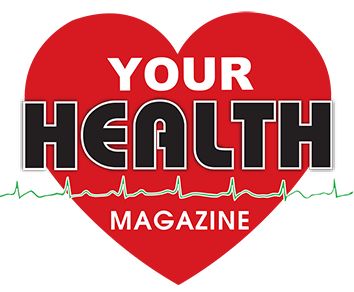
More Heart Disease, Stroke and Diabetes Articles
Eastern Medicine and Back Pain
Back pain can radiate from the neck to the tailbone, and nine out of ten adults will experience back pain at some point in their lives. It is most often caused by sprains in the ligaments or muscle strains, but can also be due to a herniated disc or osteoarthritis. Pain is generally treated with medications such as acetaminophen (Tylenol), aspirin and non-steroidal anti-inflammatories (NSAIDs); opioids or steroids may also be prescribed. These medications may work in the short term, but they do not address the underlying problem.
Eastern medicine categorizes pain into three main types
1. Deficiency (dull, chronic pain, improves with rest)
2. Stagnation (severe, stabbing, often related to injury)
3. Cold and damp (numbness, swelling, improves with heat)
Each type of pain calls for a specific treatment that your practitioner will customize to your body's needs. By stimulating particular points with needles (acupuncture) or fingers (acupressure massage), we can improve the circulation of blood and energy, reduce inflammation and encourage your natural healing process. This approach allows your body to resolve the root cause(s) of its pain.
Medical Research
Two separate studies published in the Archives of Internal Medicine have both concluded that acupuncture is more effective for back pain than conventional medications. In 2007, more than 1,100 patients in Germany were randomly assigned to receive either conventional medication for pain or acupuncture. 47% of patients in the acupuncture group reported significant improvement compared to only 27% in the conventional group. In 2009, a team led by Dr. Daniel Cherkin of the Center for Health Studies in Seattle, Washington, found similar results with improvement in 60% of patients incorporating acupuncture versus 39% of patients treated with traditional methods.
Case Study
Peter was a 42 year-old male who constantly experienced discomfort in his lower back. Some days he found his range of motion severely limited by his pain and it was worse on rainy days. After asking Peter about his lifestyle, we discovered he led a sedentary life as an office worker. Upon examination, we found tenderness at lumbar vertebrae 3, 4 and 5. The diagnosis was cold, damp pain his body was unable to circulate heat and energy efficiently and this resulted in stagnation and pain. We treated with acupuncture and cupping and recommended losing weight with light exercise. After five treatments, the pain subsided completely.
Other Articles You May Find of Interest...
- Gaining Personal Confidence and Function after Stroke Rehabilitation
- Understanding Gender Differences: Heart Attacks In Women
- Diabetic Foot Care For Summer
- Take care of heart health after 40s
- Causes and Treatments For Hypertension and Heart Attacks
- Heart Health at Your Fingertips: The Revolution of Remote Cardiac Monitoring
- Your Heart’s Best Support This Year! The 9 Pillars To Prevent Heart Disease

















